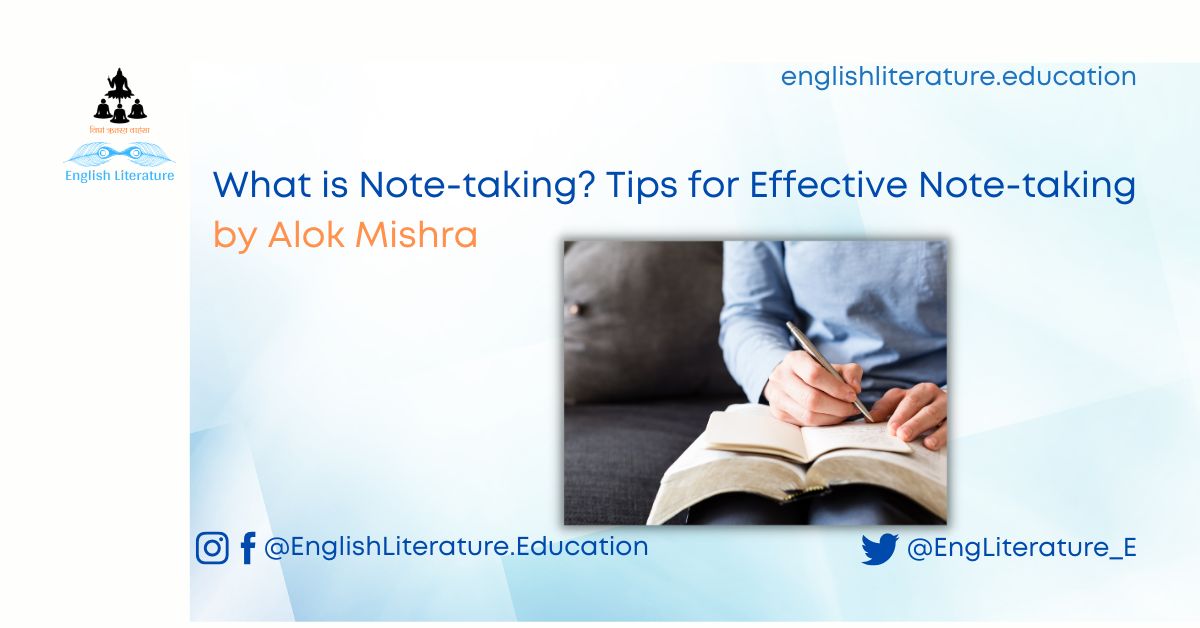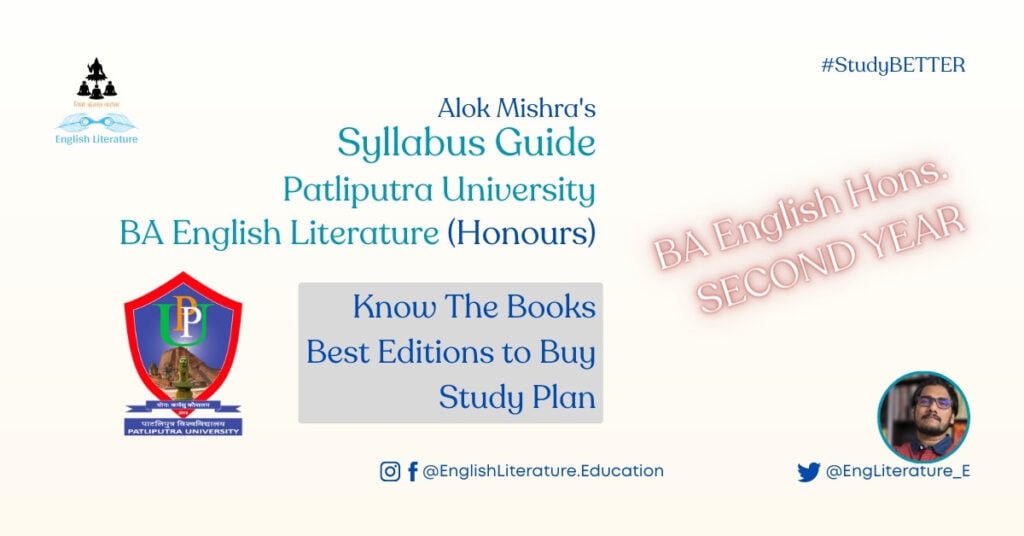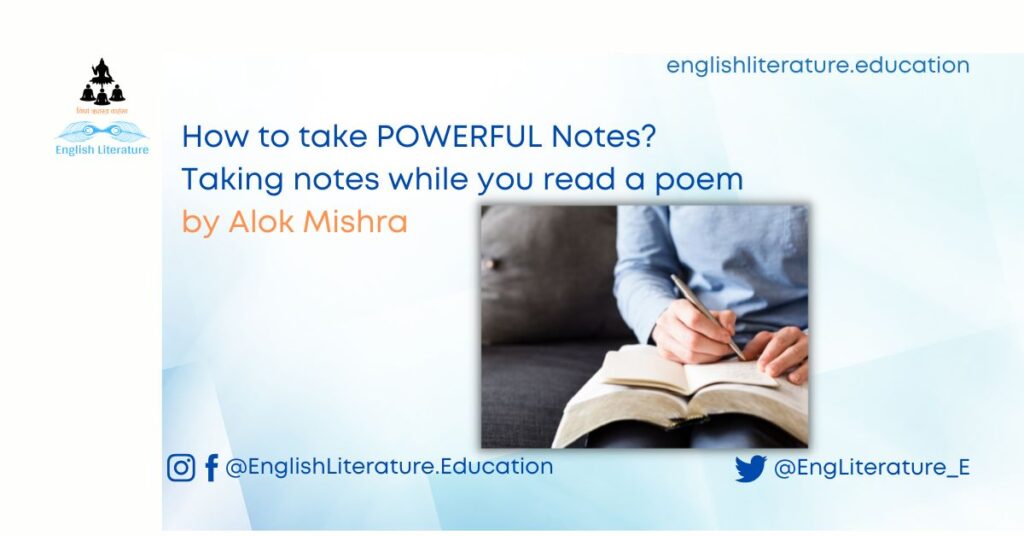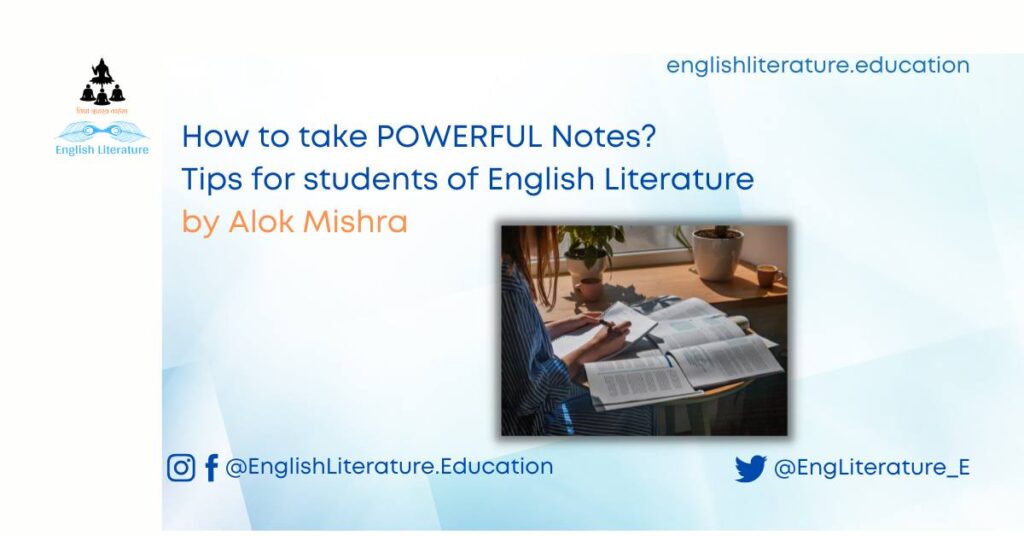Notes? Can you please give me your notes? Yes, I have the notes from that class. Sure! I have the important notes from the office meeting this evening. So on and so forth… we always deal in notes. Exchanging them and sharing them as needed! However, when it comes to notes and note-taking as a practice, do we care about the theories? Do we care to find a meaningful definition? Do we think about the practices that make note-taking an effective tool? What are the features of useful and effective note-taking? In this article, we will discuss all that in detail. Let’s begin with the most appropriate definition.
What is note-taking? The Definition:
Note-taking is the practice of recording information, ideas, and insights from various sources, such as lectures, readings, discussions, or presentations, in a concise and organised manner. It involves actively processing and summarizing information to create a written record that can be referred to later for studying, reference, or review. Effective note-taking is a crucial skill for students and professionals alike, aiding in comprehension, retention, and the synthesis of knowledge. As a professor of English literature, you understand the significance of note-taking in facilitating learning and critical thinking among your students.
Key aspects of Effective note-taking include:
1. Listening and Absorbing Information:
At the heart of effective note-taking lies the skill of active listening and absorption. Whether in a classroom setting, during a seminar, or while reading, note-takers focus on identifying the core concepts, significant details, and illustrative examples that contribute to a comprehensive understanding of the material. This process involves attentive engagement and the ability to distinguish between essential and supplementary information.
2. Selecting and Summarising:
The art of note-taking lies in the ability to discern the salient points within a body of information and encapsulate them succinctly. Skilled note-takers utilize their analytical thinking to condense complex ideas into concise statements that encapsulate the essence of the content. This requires not only an understanding of the subject matter but also a proficiency in paraphrasing and distilling concepts to their core meaning.
3. Organising Information:
Effective note-taking transcends mere transcription; it involves structuring information in a coherent manner. Note-takers arrange their notes in a logical sequence, often employing headings, bullet points, and subpoints to delineate the hierarchy of ideas. This visual organization not only facilitates the rapid retrieval of information but also aids in comprehending the relationships between different concepts.
4. Personalisation and Abbreviations:
Note-taking is a personalised process that allows individuals to adapt strategies to their preferences and pace. Abbreviations, symbols, and shorthand are common tools employed by note-takers to streamline the recording process. These personalized symbols condense lengthy terms, phrases, or concepts into concise forms that expedite the note-taking process without compromising the accuracy of the information.
5. Actively Engaging with Content:
Beyond mere transcription, effective note-taking involves active engagement with the material. Note-takers immerse themselves in the content by paraphrasing, summarising, and posing questions. This level of interaction enhances comprehension, critical thinking, and the assimilation of information, ultimately fostering a deeper grasp of the subject matter.
6. Highlighting Key Concepts:
Highlighting is a visual strategy that emphasizes critical information within notes. By selecting specific phrases, terms, or examples, note-takers draw attention to the core ideas that encapsulate the essence of a topic. This practice not only aids in rapid review but also serves as a mnemonic aid for recalling pivotal concepts.
7. Visual Aids and Diagrams:
Visual aids, such as diagrams, charts, and sketches, elevate note-taking by rendering complex ideas in a visual format. These aids offer an alternative approach to representing relationships, hierarchies, and processes, enhancing the clarity of information and facilitating a holistic understanding.
8. Recording Sources and Citations:
Ethical note-taking encompasses proper source attribution. Note-takers document the origin of information, whether it’s from a lecture, textbook, or online source. By including citations, note-takers maintain academic integrity, prevent plagiarism, and ensure they can revisit and verify the accuracy of their notes.
9. Review and Revisiting:
Note-taking is not a standalone practice but an integral part of the learning journey. Revisiting and reviewing notes at regular intervals reinforces memory retention, clarifies areas of uncertainty, and supports exam preparation. This iterative process contributes to a comprehensive understanding of the material.
10. Digital and Analogue Tools:
Note-taking methods span the continuum from digital to analogue. Digital tools such as laptops, tablets, or dedicated note-taking apps offer flexibility and organization, while analogue methods like pen and paper allow for free expression. The choice of tools depends on personal preferences and the specific demands of the learning context.
Key Elements while you are taking Notes:
When taking notes, there are several key elements to keep in mind in order to create organized, effective, and useful records of information. As a professor of English literature, your attention to detail and critical analysis skills will help you guide your students in mastering the art of note-taking. Here are the essential elements to consider:
1. Focus on Main Ideas:
Prioritise capturing the main ideas, central concepts, and key arguments presented. Distill complex information into concise summaries that convey the essence of the content.
2. Listen Actively:
Engage actively with the speaker or material. Listen attentively, read carefully, and think critically about the information being presented. This active involvement enhances the quality of your notes.
3. Organise Using Headings and Subheadings:
Employ a hierarchical structure by using headings and subheadings to categorize different topics or themes. This visual organization aids in locating specific information later.
4. Use Bullet Points and Lists:
Utilize bullet points and numbered lists to break down information into digestible chunks. This format enhances readability and simplifies complex ideas.
5. Paraphrase and Summarise:
Avoid copying verbatim and instead paraphrase information in your own words. Summarize lengthy passages to capture the essence of the content without excessive detail.
6. Abbreviate and Use Symbols:
Develop a system of abbreviations and symbols to expedite note-taking. Create shorthand for common terms or phrases to save time while maintaining accuracy.
7. Highlight Key Details:
Use highlighting or underlining to emphasize crucial points, terms, or examples. This visual distinction helps essential information stand out for later review.
8. Capture Visual Aids:
If visuals such as diagrams, charts, or images are presented, include descriptions or sketch a simplified version in your notes. Visual aids often convey complex concepts succinctly.
9. Make Personal Annotations:
Add your insights, questions, or reactions alongside your notes. This personal touch not only engages you with the material but also adds context to your understanding.
10. Include Source References:
Attribute information to its source, whether it’s a lecture, textbook, or external reading. Properly documenting sources ensures accuracy and supports future referencing.
11. Maintain Neatness and Legibility:
Ensure that your notes are clear, legible, and well-organized. Neat notes are easier to review, comprehend, and use effectively.
12. Review and Edit:
Take a moment after your note-taking session to review and edit your notes. Clarify any unclear points, correct errors, and ensure that your notes accurately represent the content.
13. Stay Engaged and Alert:
Maintain your focus and stay engaged throughout the note-taking process. Active participation enhances comprehension and ensures that you capture relevant information.
14. Adapt to Learning Styles:
Tailor your note-taking approach to your learning style. Some individuals may prefer visual aids, while others may benefit from more text-based notes.
15. Regularly Review and Revise:
Periodically review and revise your notes to reinforce your understanding and keep the information fresh in your memory.
By integrating these key elements into your note-taking practice, you’ll create a comprehensive and organised record of information that serves as a valuable resource for studying, reviewing, and deepening your understanding of the subject matter.
Why is effective note-taking important?
Mastering the art of note-taking empowers students with a tool that transcends the confines of the classroom, enhancing their comprehension, critical thinking, and long-term retention. Students must focus on harnessing effective note-taking techniques, ensuring that they navigate the complexities of the subject matter with clarity and confidence. For literature students, it becomes even more important. Effective note-taking enhances active learning, comprehension, and retention, making it a fundamental skill for academic success. As a professor, you can guide your students in developing effective note-taking strategies tailored to your course content and teaching style, ultimately enriching their learning experience in the field of English literature.
Alok Mishra
for the English Literature Education Platform





1 Comment. Leave new
As a BA English major student I confirm that, this note is very helpful specially for the beginners. So, without wasting time pls read and also make notes of this
Precious Article 😍
And I would like to heartily thanks to Respected Alok sir for his hard work 🙏🙏